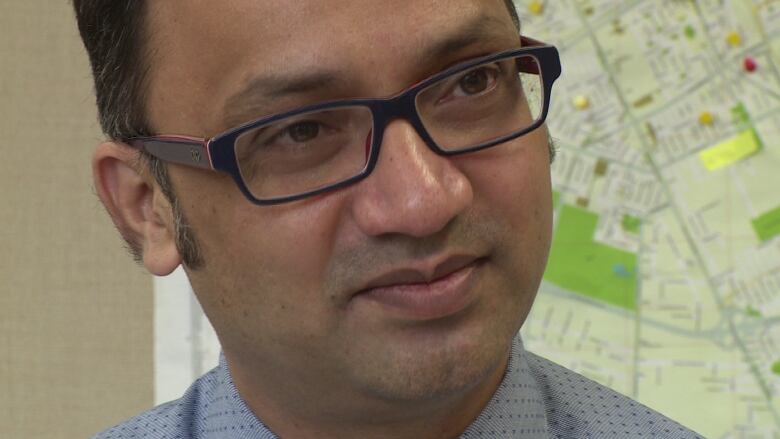Opioid-related deaths in Windsor-Essex drop in 2014, coroner reports
A drug called Naloxone is saving lives of people who overdose, say emergency room doctors

The number of people dying from opioid overdoses in Windsor and Essex County dropped drastically in 2014 thanks in large part toa new treatment offered in emergency rooms.
Though the numbers are subject to minor changes, the Ontario coroner's office reports 11 opioid-toxicity deaths in 2014 compared to 33 in 2013 the lowest level since 2007.
That 66 per cent decrease comes as opioid-toxicity deaths havebeen steadily increasing between 2007-13.

"There's definitely been a huge decline in the number of opioid deaths in the region, and also in the province," said Dr. Wajid Ahmed, the associate medical officer of health for the Windsor-Essex County Health Unit.
Prescription opioidsinclude drugs like fentanylor OxyContin. Heroinis also an opioid.
Overdose antidote
The health unit attributes the decrease in overdose deaths to increased public awareness and a drug called Naloxone,a medication used to reverse the effects of opioids.
Health officials started handing out Naloxone kits in May 2014 to users and agencies, including hospitals.
"Naloxone is pretty much what we can call the antidote for opioid toxicity," Ahmed said. "We use naloxone in patients who may see an overdose of opioid drugs. When patients are given naloxone, some of the harmful effects can be reversed."
Provincially, there was also a significant decrease in opioid-related deaths, dropping to527 in 2014 from 655 in 2013.
"All opioid overdose deaths are preventable," Ahmed said. "We like to keep it this way. We're going in the right direction and would like to bring the number of deaths as low as possible."
Youth overdoses
Despite the decrease in the number of overdose deaths, the number of visits to the emergency departments of Windsor Regional Hospitalbecause of opioid misuse is up, according to Dr. Paul Bradford, medical director of emergency and trauma.

More surprisingly, he saidthere is an increase in the number of youth coming through the doors with excessive amounts of drugs in their systems.
"That's has been the real shock and tragedy to me," he said. "It seems like such a tragic waste of life."
Bradford and his team saved one young man's life on Sunday. The man was dropped off atthe hospital dead, but doctors and nurses were able to resuscitate him by using Naloxone.
"We were able to give him the antidote and and we got him back," Bradford said. "And as soon as he woke up, he just wanted to leave."
Many young peopleare overdosing through fentanylpatches. The patches are designed to slowly release opioids over 72 hours to treat cancer pain. Addicts, however, have been using the patch in their mouth, which allows their bodies to absorb the drug quickly.
With files from the CBC's Peter Duck and Amy Dodge












_(720p).jpg)


 OFFICIAL HD MUSIC VIDEO.jpg)
.jpg)



























































































